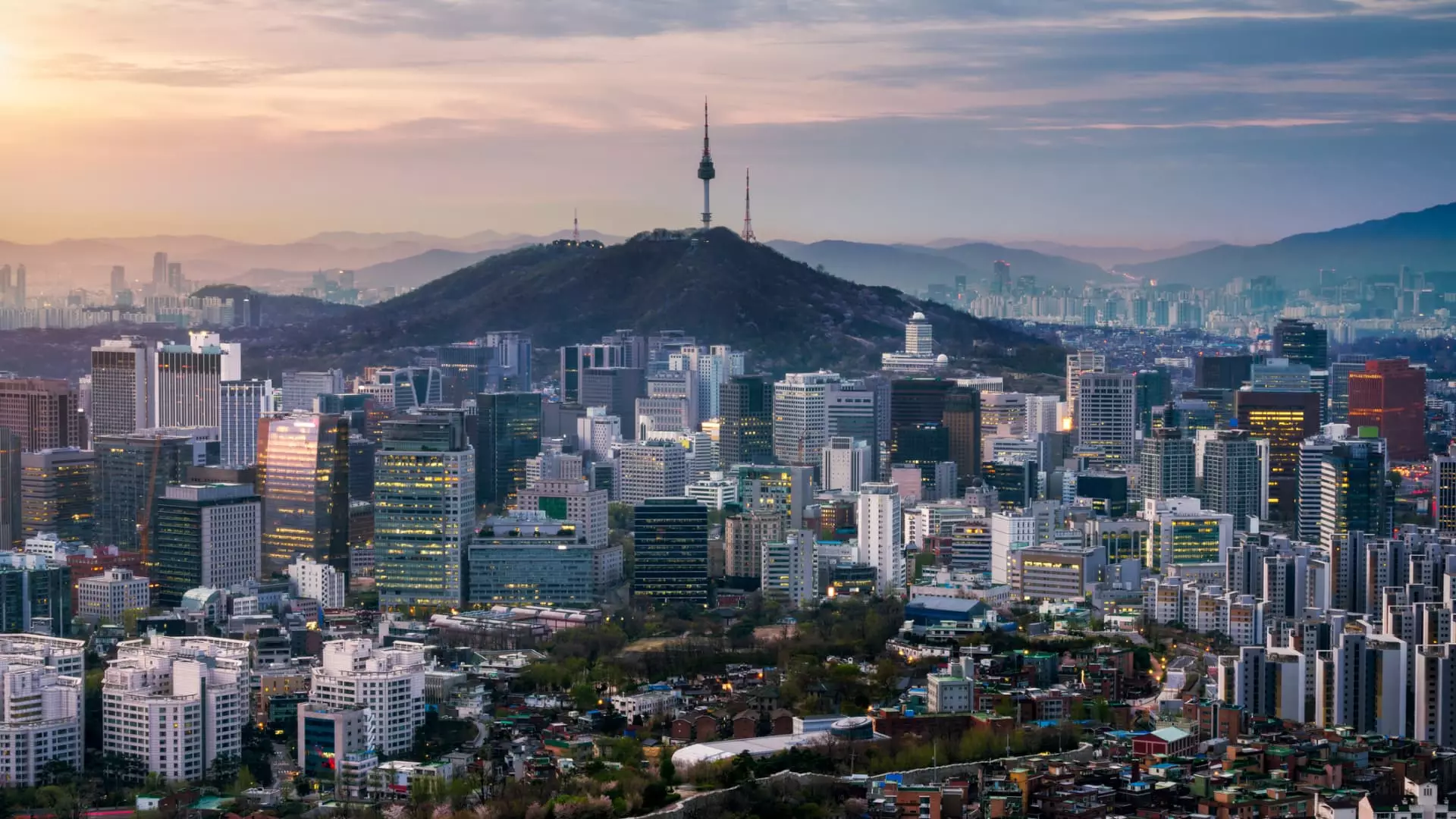As the trading year draws to a close, the Asia-Pacific markets exhibited varying performance on the penultimate trading day. Following a downturn in Wall Street, where major indices fell, the regional markets reflected a spectrum of sentiments. South Korea’s Kospi and Kosdaq indexes displayed resilience, climbing by 0.91% and 1.74%, respectively. This uptick is notable given the political instability and disappointing industrial output data that South Korea faced. The region’s recovery trajectory appears complicated by external and internal factors, resulting in a mixed outlook for the area.
One prominent issue influencing South Korean markets is the political crisis that has recently escalated. The impeachment of acting President Han Duck-soo, following the controversial martial law decree suggested by his predecessor Yoon, plunged the country into further uncertainty. The political landscape has sparked investor wariness, as evidenced by fluctuations in the stock prices of major airlines, particularly Jeju Air, which recorded an alarming 8.53% drop after its devastating incident at Muan International Airport, assessing the incident that tragically took 179 lives. The crisis has prompted calls for immediate safety inspections within the airline sector, but the longer-term implications for South Korea’s business environment remain to be seen.
Impact of Industrial Output and Economic Indicators
Further complicating the scenario for South Korea is the disappointing data regarding industrial output, which contracted 0.7% unexpectedly in November, against a forecasted 0.4% decline. While there was a slight increase on an annual basis of 0.1%, it pales in comparison to the anticipated 0.4% growth and drastically falls behind a significant 6.3% increase recorded in October. This contraction in industrial output signals a stagnating economy that may affect corporate performance and future investments.
Japan’s Economic Landscape
Meanwhile, Japan’s market also faced challenges, with the Nikkei 225 index decreasing by 0.82%. Notably, Japan’s manufacturing sector may offer a glimmer of hope, as the au Jibun Bank Manufacturing Purchasing Managers’ Index revealed a more measured contraction at 49.6 in December, improving from November’s 49.0. Although it still indicates a contraction, this movement closer to the neutrality threshold signals potential stabilization. Analysts suggest that the reduced declines in production and new orders might indicate a more robust economic foundation moving forward.
Within Australia, the S&P/ASX 200 index experienced a slight decline of 0.51%. This is reflective of broader caution among Australian investors as they remain vigilant about global economic trends and their possible domestic impacts. In contrast, Hong Kong’s Hang Seng Index saw a modest increase of 0.15%, and the CSI 300 index in mainland China rose by 0.53%. The latter markets are poised for potential volatility, particularly with the upcoming release of China’s manufacturing PMI, which investors await keenly.
While Asia-Pacific markets are adjusting to local pressures, the downtrend on Wall Street last Friday offers a broader context. The Dow Jones Industrial Average lost 333.59 points, with notable declines in major technology stocks, including Tesla and Nvidia. Despite this decline, major U.S. indices had gained for the week, thus exemplifying the complex interplay of market sentiments where short-term volatility exists within the framework of longer-term positive trends.
Overall, the mixed performance of the Asia-Pacific markets suggests a region in flux, grappling with internal political strife, fluctuating economic indicators, and external influences from major markets such as the U.S. Investors are advised to navigate this landscape with caution, keeping a keen eye on forthcoming economic reports and political developments that could reshape market dynamics. As we head into the New Year, the focus will undoubtedly be on stabilization and recovery efforts, particularly in the wake of South Korea’s recent tragedies and Japan’s tentative signs of industrial resilience.

